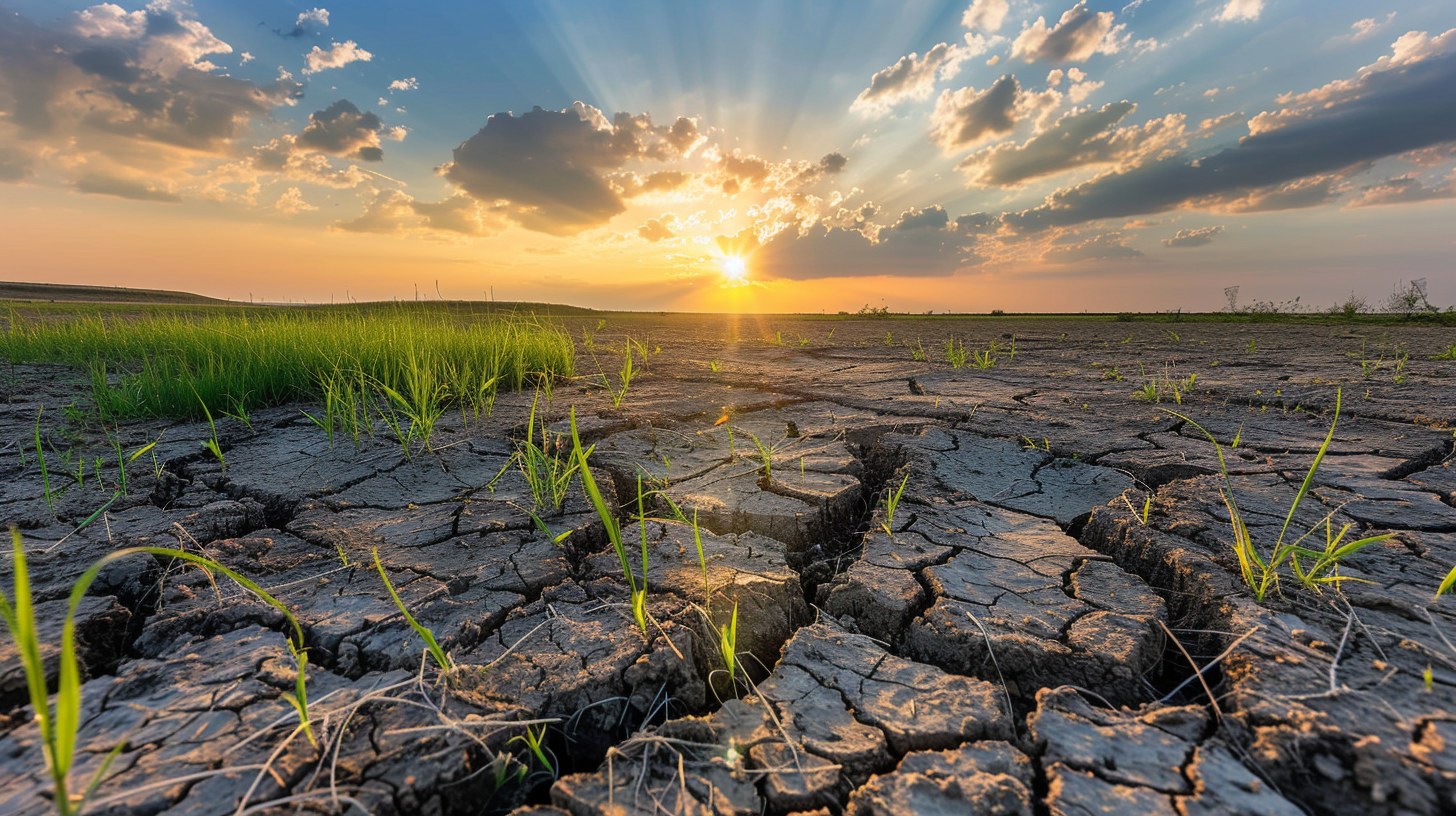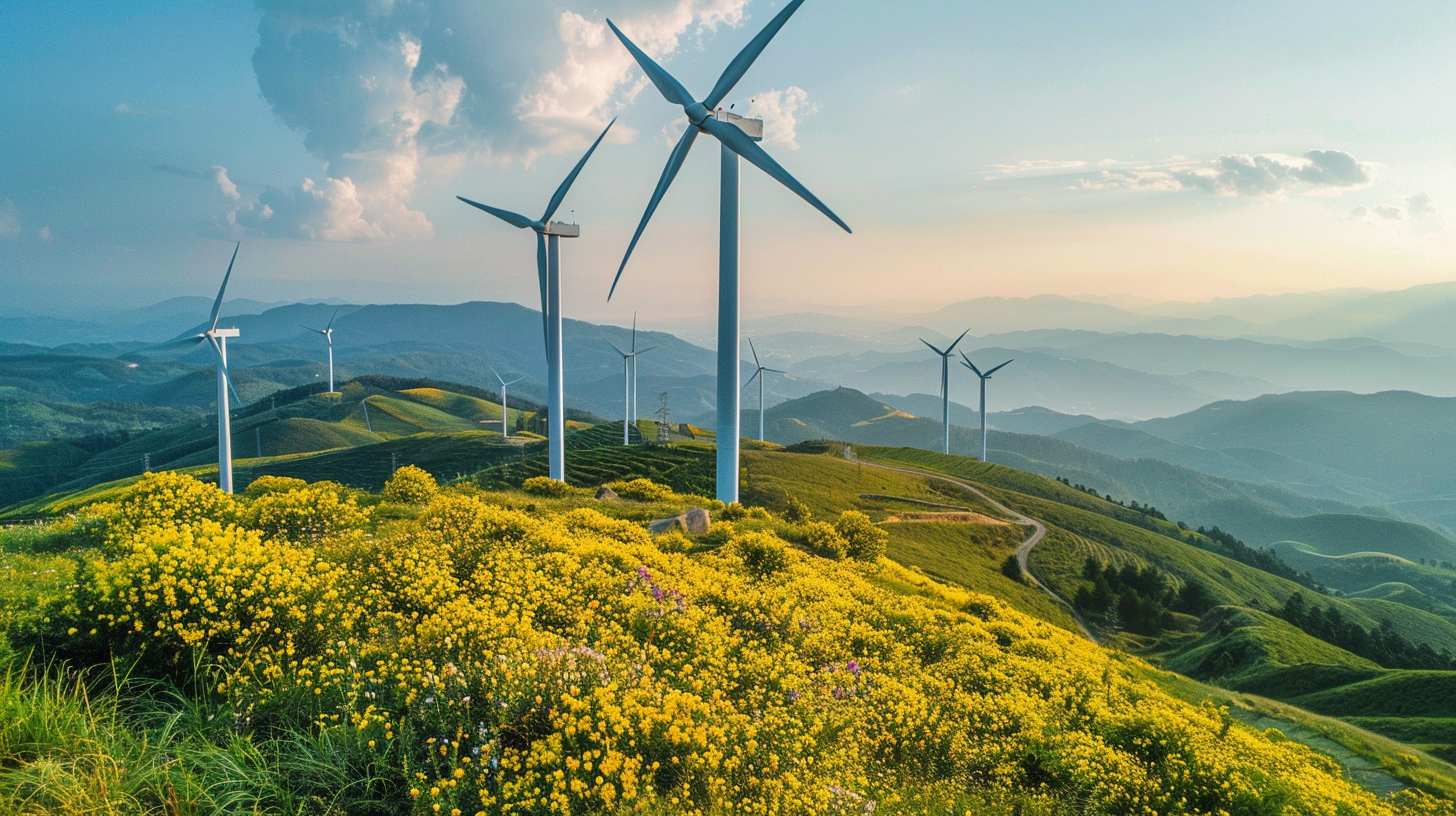Table of Contents Show
Just as Archimedes had his eureka moment, we’re on the brink of our own with innovative solutions to combat water scarcity. We’re exploring a variety of technologies, from advanced desalination methods that could turn our vast oceans into drinkable water, to smart agriculture practices that minimize waste. Atmospheric water generation and wastewater recycling are also promising avenues, alongside the use of artificial intelligence to manage our precious resources more efficiently. Additionally, community-based rainwater harvesting is making waves as a grassroots solution. Join us as we uncover how these technologies could herald a new era in the fight against the global water crisis, offering a glimpse into a future where water scarcity could be a thing of the past.
Key Takeaways
- Advanced desalination methods offer sustainable solutions to increase water supply in water-scarce regions.
- Smart agriculture technologies optimize water usage, reducing wastage and conserving resources.
- Innovations in water generation, like atmospheric water conversion, offer new, scalable sources of potable water.
- Artificial intelligence enhances water management, improving efficiency and predicting future water needs to combat scarcity.
Advanced Desalination Techniques
Exploring advanced desalination techniques offers a promising solution to the global challenge of water scarcity. We’re diving deep into innovative methods that transform seawater into drinkable water, breaking free from the constraints of traditional resources. This approach isn’t just about quenching thirst; it’s a leap towards ensuring that everyone, everywhere, has the freedom to access clean water without depleting our planet’s precious freshwater reserves.
We’re witnessing a revolution in desalination technology, where cutting-edge processes like reverse osmosis and forward osmosis are leading the charge. These aren’t just fancy terms; they represent our commitment to pushing boundaries and finding sustainable, energy-efficient ways to tap into the ocean’s vast resources. By improving these technologies, we’re not only making desalination more affordable but also notably reducing its environmental footprint.
Let’s not forget about solar desalination, a game-changer for regions abundant in sunshine but scarce in water. We’re harnessing the power of the sun, a limitless and clean energy source, to fuel our desalination plants. It’s a perfect example of how we’re aligning our thirst for innovation with our respect for nature.
Embracing these advanced desalination techniques means we’re no longer at the mercy of geography or climate. We’re taking control of our destiny, ensuring that water scarcity becomes a problem of the past. As we continue to refine and develop these technologies, we’re paving the way for a future where freedom from water scarcity is a reality for all.
Smart Agriculture Innovations
As we explore solutions to water scarcity, we can’t overlook the role of smart agriculture innovations. Precision irrigation systems and crop monitoring tech are at the forefront of this movement, promising to revolutionize how we use water in farming. These tools not only aim to reduce waste but also enhance crop yields, making them pivotal in our fight against water scarcity.
Precision Irrigation Systems
Precision irrigation systems are revolutionizing water conservation in agriculture by optimizing water usage with cutting-edge technology. We’re seeing firsthand how these innovations enable us to use water more efficiently, ensuring every drop goes further. It’s about giving farmers the freedom to grow more with less, breaking free from the constraints of traditional irrigation methods that often waste water and resources. By using sensors and smart algorithms, these systems deliver water directly to the roots of plants, where it’s needed most, reducing evaporation and runoff. We’re not just saving water; we’re also protecting our environment and securing a sustainable future for farming. It’s a game-changer for those of us seeking to tackle the global water crisis head-on, offering a beacon of hope and freedom to grow responsibly.
Crop Monitoring Tech
Building on the momentum of innovative water conservation methods, we’re now turning our attention to crop monitoring technologies that redefine the landscape of smart agriculture. These tools not only conserve precious water resources but also empower farmers with unprecedented freedom and control over their fields.
- Satellite Imaging: Offers a bird’s eye view of crop health and water needs, making precision agriculture a reality.
- Soil Moisture Sensors: Provide real-time data, enabling farmers to water crops only when necessary.
- Drones: Equip farmers with detailed aerial photographs for monitoring crop growth and detecting pests.
- AI and Machine Learning: Analyze data to predict crop health issues before they arise, ensuring timely intervention.
We’re embracing these innovations, championing the freedom to grow more with less, safeguarding our water for future generations.
Atmospheric Water Generation
How can we harness the moisture in the air to tackle the pressing issue of water scarcity? Atmospheric Water Generation (AWG) offers a groundbreaking approach, transforming the vapor in our atmosphere into potable water. It’s a beacon of hope, showing us that the freedom to access clean water might be as close as the air we breathe.
At its core, AWG technology works by cooling the air to condense its moisture, which is then collected and purified for drinking. It’s a simple yet profound solution, leveraging the endless supply of water vapor in our atmosphere. This method isn’t just about creating water from thin air; it’s about reimagining our approach to water scarcity, offering us independence from traditional water sources that are often overused or polluted.
We’re seeing innovations that make AWG more efficient and accessible. From small, portable units for individual use to large-scale systems designed for communities, the technology is being adapted to meet diverse needs. These advancements mean we’re not just dreaming about freedom from water scarcity; we’re actively building it.
Wastewater Recycling Methods
Turning our attention to another vital solution, we’re exploring the innovative world of wastewater recycling methods to combat water scarcity. This approach not only promises a sustainable future but also empowers us with the freedom to manage our most precious resource: water. By reclaiming water from various sources, including industrial, domestic, and agricultural wastewater, we’re taking significant strides toward self-sufficiency and environmental preservation.
Here’s why wastewater recycling is a game-changer:
- Reduces Dependence on Freshwater Sources: It minimizes our reliance on increasingly scarce natural water bodies, ensuring that we’re not at the mercy of dwindling supplies.
- Promotes Environmental Sustainability: By treating and reusing wastewater, we’re preventing pollution of rivers and oceans, thus protecting aquatic life and ecosystems.
- Economic Benefits: Recycling wastewater is cost-effective in the long run, reducing the financial burden on communities and governments to source and treat fresh water.
- Supports Agricultural and Industrial Use: Recycled water can be safely used for irrigation and industrial processes, freeing up more fresh water for drinking and household use.
We’re embracing technologies like membrane bioreactors, which purify water to a high standard, and advanced oxidation processes that break down pollutants at the molecular level. These methods not only ensure the safety and quality of recycled water but also offer us the freedom to innovate and adapt in the face of global water challenges.
Artificial Intelligence in Water Management
Having explored the transformative power of wastewater recycling, we’re now setting our sights on how artificial intelligence is revolutionizing water management. AI’s cutting-edge capabilities are not just a boon but a necessity for those of us yearning for a world where water scarcity is a thing of the past. We’re diving into how AI systems are providing unprecedented levels of efficiency and insight, empowering us to tackle water management challenges with newfound freedom and effectiveness.
AI’s role in water management spans from predictive analytics for water demand to identifying leaks in vast distribution networks. By harnessing the power of AI, we’re not only saving water but also guaranteeing that every drop is utilized with maximum efficiency. This isn’t just about conserving resources—it’s about securing our freedom to thrive in a world where water is no longer a limiting factor.
| AI Application | Benefits | Impact on Freedom |
|---|---|---|
| Predictive Analytics | Optimizes water use | Ensures sustainable access |
| Leak Detection | Saves water and costs | Reduces scarcity constraints |
| Quality Monitoring | Ensures safe water | Protects health, offers peace of mind |
| Demand Forecasting | Balances supply and demand | Prevents shortages, enhances independence |
| Climate Resilience Planning | Prepares for extreme events | Shields against climate-induced scarcity |
As we harness AI in water management, we’re not just addressing a critical need; we’re opening a future where our right to access clean, abundant water is safeguarded. This journey towards water security, powered by AI, is a proof of our collective resolve to overcome scarcity and champion a world of freedom and prosperity for all.
Community-Based Rainwater Harvesting
We’re now exploring community-based rainwater harvesting, a grassroots solution that empowers neighborhoods to combat water scarcity together. This approach not only provides an immediate, tangible means to address water shortages but also fosters a sense of unity and self-sufficiency within communities. By taking control of our local water resources, we’re not just finding a sustainable solution to a global problem; we’re also reclaiming our independence from unreliable water supplies and restrictive regulations.
Community-based rainwater harvesting involves collecting and storing rainwater for later use, directly at the source. It’s a simple yet effective method that can significantly reduce our dependence on traditional water supply systems, which are often stretched thin during periods of drought or infrastructure failure. Here’s why we’re all in on this approach:
- Sustainability: Capturing rainwater reduces our reliance on groundwater and surface water, preserving these resources for future generations.
- Cost-effectiveness: Once set up, the cost of maintaining rainwater harvesting systems is relatively low, making it an affordable option for many communities.
- Empowerment: It gives us control over our water supply, freeing us from the constraints of municipal systems and notably water availability.
- Resilience: Enhances our ability to withstand water shortages, making our communities more resilient to climate change and other environmental challenges.
Conclusion
In our quest to quench the world’s thirst, we’re not just searching for water; we’re reinventing the well. From the depths of the ocean with advanced desalination, to the skies above through atmospheric water generation, our ingenuity mirrors a parched wanderer finding an oasis in the desert. This isn’t just innovation; it’s survival. Like the 40% increase in yield from smart agriculture, we’re not merely surviving the drought—we’re thriving, turning barren landscapes into fertile futures.








